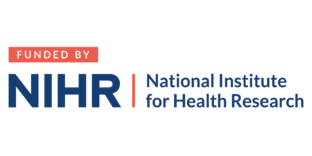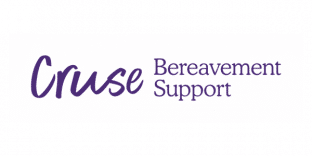What has research on (recorded) real life healthcare episodes discovered about communication practices that help and hinder shared decision making?
Shared decision making (SDM) is widely advocated in healthcare. SDM involves engaging collaboratively: both patient and/or their companion and the Health Care Practitioner (HCP) contribute to making the decision or plan. We set out to look at what conversation analytic research – where real life healthcare has been recorded and analysed – has found about how decision making is implemented in practice.
We conducted a systematic review. We aimed to find and collate published (conversation analytic) evidence on:
- Communication practices entailed in decision making in healthcare interactions
- Things that patients and companions do in order to participate in decision making
- Things that practitioners do which can encourage and constrain participation in decision making
We conducted searches of online databases (last search November 2016). We also used our own and our colleagues’ networks and webpages to supplement these searches.
We only included studies that analysed audio/audio-visual recordings of real life face-to-face healthcare consultations in which the patient (or their carer/companion) was present, and where the primary analytic approach was conversation analysis. We included studies where analysis looked at how people broach, consider, plan, and/or decide health or illness related actions. We only included studies published in English in books or peer-reviewed journals.
In healthcare consultations, although a decision point is reached, the decision is actually implemented elsewhere and subsequent to that particular consultation. For instance, a medicine may be prescribed in a GP consultation, but the actual decision to take it is implemented by the patient, after the consultation. For this reason, we coined the term ‘commitment point’ rather than decision point.
For each included publication, we collected data on: the study aims, participants, settings, the findings relating to communication practices, how these functioned in relation to SDM. We also collected information relevant to the study’s internal and external validity.
We synthesised findings and consulted wider research team, clinicians and other researchers as we drew together our conclusions.
We found 28 relevant studies. Decision making within those included a variety of healthcare matters: prescribing/altering pharmaceuticals, surgery, vaccination, psychotherapeutic or radiological intervention(s) or equipment; ordering/offering clinical/screening tests; setting therapeutic goal(s); and lifestyle adjustments.
We collated the studies’ findings and categorised them terms of 13 broad communication practices. We labelled each of these as succinctly as we could, and we organised them in terms of the chronology of decision-making sequences as follows:
- Broaching decision making
- Flagging up that a decision is coming or may come
- HCP eliciting patient perspectives before proposing some course of action
- HCP Encouraging patient agreement
- Patient lobbying for specific treatment prior to commitment point
- Putting forward a course of action
- HCP proposes a single option
- HCP rules out a single option
- HCP refers to multiple options
- Committing or not to the course of action
- Committing
- Active resistance: questions/concerns
- Active resistance: advocating for some alternative after reaching a commitment point
- HCPs’ responses to patients’ resistance or withholding of commitment
- Pursue agreement without changing course
- Modify the proposed course of action (pursuing agreement by changing course)
- Leave the decision open, unmade
The original paper describes and gives examples of each of these.
Insights arising from our review include an understanding shared decision making practices are not one size fits all. That is, whether patients and HCPs can use any one of these strategies depends upon the setting and particular illness or healthcare issue. For instance, in GP consultations one way patients can participate in decision making involves them making counterproposals to what the doctor has suggested. But this form of participation is just not available to patients in consultations (such as in oncology) where treatment is tightly determined by protocols.
Another key point is that guidance and research on shared decision making mainly considers areas of healthcare where there are genuine choices to be made between a number of courses of action. The conversation analytic research we reviewed includes studies of decision making conversations where there aren’t actual choices. This is not because the HCP is being dictatorial, but because there just are not choices – such as where a patient clearly does not fulfil formal criteria in order to be put on a ‘for surgery’ list. The research shows that in situations where treatment trajectories are non-negotiable, a limited form of shared decision making is nevertheless possible. Where there is no room for negotiation, HCPs can involve the patient by making efforts to ensure they understand the rationale underlying the decision.
Information
For more information go to our website www.realtalktraining.co.uk or follow us on twitter @RealTalk_EOLC
Acknowledgements
Loughborough University, University of Nottingham, LOROS Hospice Leicester, The Health Foundation. Professor Parry’s work is supported by the National Institute for Health Research (NIHR) Academy. The views expressed in this publication are those of the authors and not necessarily those of the NHS, the NIHR, The Health Foundation or the Department of Health and Social Care.




